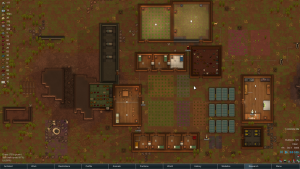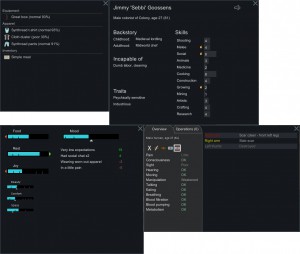Another wake-up call
During my ongoing literature review I often discover interesting facts about things I’ve never thought about. Sometimes I can connect these facts with my own observations: The result is mostly a completely new idea why things are as they are. Maybe these ideas are new to you, too. Therefore I’ll share my new science based knowledge with you!
This week: This time, I think about the result that 2015 was the warmest year on record.
Last week, we finally had some beautiful winter days in Germany with a good amount of snow and temperatures below freezing. Unfortunately, the cold snap lasted only for a week, as the weather forecast predicts temperatures way above freezing for the next days. Some years ago, the temperatures remained below freezing for several weeks during the winter, but due to global warming, these times seem to be over.

A beautiful winter day.
This observation also aligns with the recently published results that the year 2015 was the warmest year on record. The globally-averaged temperatures in 2015 were 0.13°C higher than the temperatures in 2014. In addition, the average global surface temperature has risen by 1.0°C since the beginning of the modern record keeping in 1880. Moreover, the record year 2015 continues a long-term warming trend of the last decade. This phenomenon is mostly caused by the increased amount of carbon dioxide and other human-made emissions in the atmosphere. [1][2][3]
Last year’s record temperatures should be seen as another warning that we must act on climate change now. Global warming is the greatest challenge mankind is facing today as it will affect every person on Earth. Also, global warming will drastically change certain regions of the Earth, thus threatening many species. Especially species living in the polar regions are in danger as the melting ice caps are their habitats. Additionally, the large ice caps and glaciers help to keep the global temperature of the Earth constant as they reflect the sunlight back into space. Open water, rock, and soil, however, heat up in the sunlight and even increase the rate of melting. Furthermore, significant amounts of methane are frozen in the permafrost regions of our Pale Blue Dot. Once those regions start to melt, the frozen greenhouse gases will be released into the atmosphere and contribute to global warming.
Lastly, as I am a cold lover and I do not feel very well when the temperatures are higher than 20°C, I really hope that we can find a solution before it is too late.



